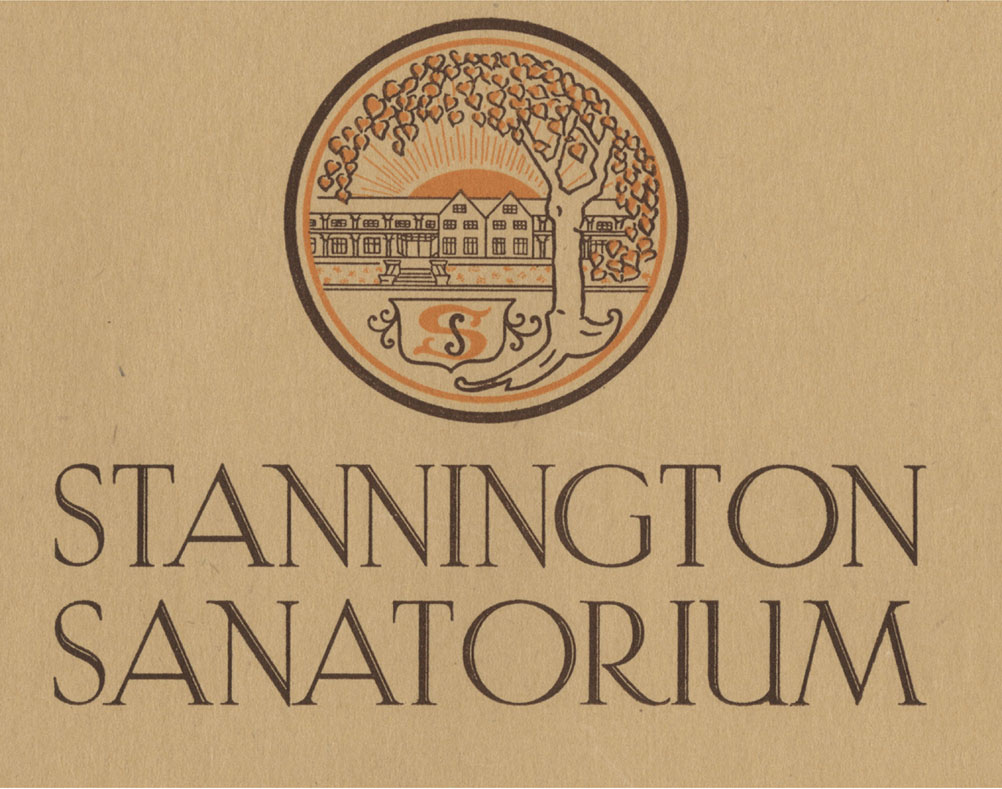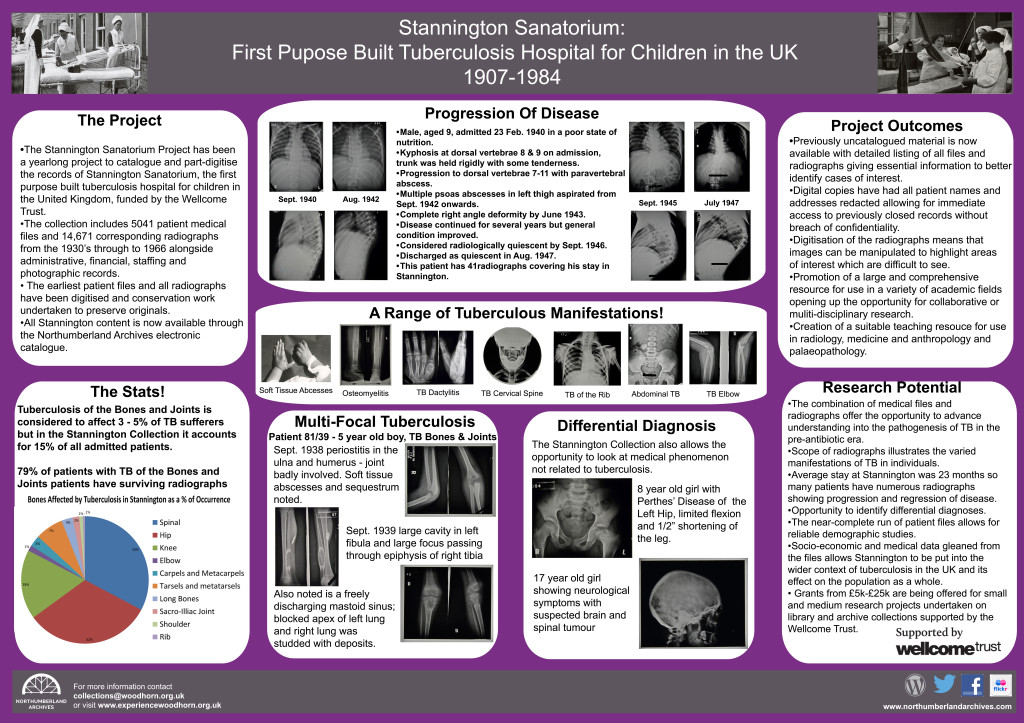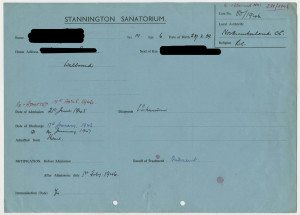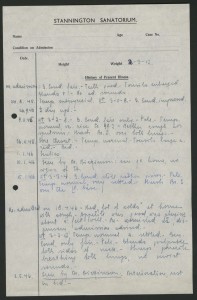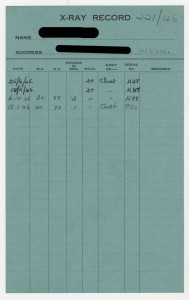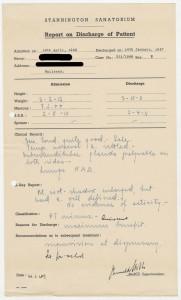Though the first part of the Stannington Sanatorium Project has drawn to a close our work with its records has not. After the cataloguing and part-digitisation of a staggering 5041 patient files and digitisation of 14,671 radiographic images we have been given a grant by the Wellcome Trust which will enable us to fully digitise the patient files and re-package them in conservation-grade materials. Through this time the patient files will still be searchable through our online catalogue (http://www.northumberlandarchives.com/catalogue/ ), and at the end of our year’s project a redacted image of each file will be available alongside its reference.
To mark the close of the project’s first phase we are pleased to announce we have put together an online exhibition to allow the records to be explored. The exhibition uses three sections to tell the story of the Sanatorium. In the first part, ‘Examining the patients’, where you can click on parts of a body to explore some examples from the patient files of how Tuberculosis affected different areas of the body and how each case would be treated. In ‘Tour Stannington’ you can click on links for different parts of the building to learn about the different rooms that comprised the Sanatorium, the stories of the staff and patients and their life in the Sanatorium. Click on ‘Gallery’ to find all of the images from the exhibition in one place – those of the buildings, staff and patients, and medical images of patients each labelled with the type of Tuberculosis the patient suffered from. We hope you enjoy looking at through the result of the hard work that went into the first phase of the project. The exhibition can be viewed here: http://northumberlandarchives.com/exhibitions/stannington/index.html
Our new project assistant and digitisation assistant are beginning their new roles, and another post will follow in the New Year. The second part of the project by its nature will have a different outlook to the first, but look out for new blog postings of how it proceeds over the coming months. If you have any enquiries regarding the Stannington Collection please contact the archives at archives@northumberland.gov.uk

